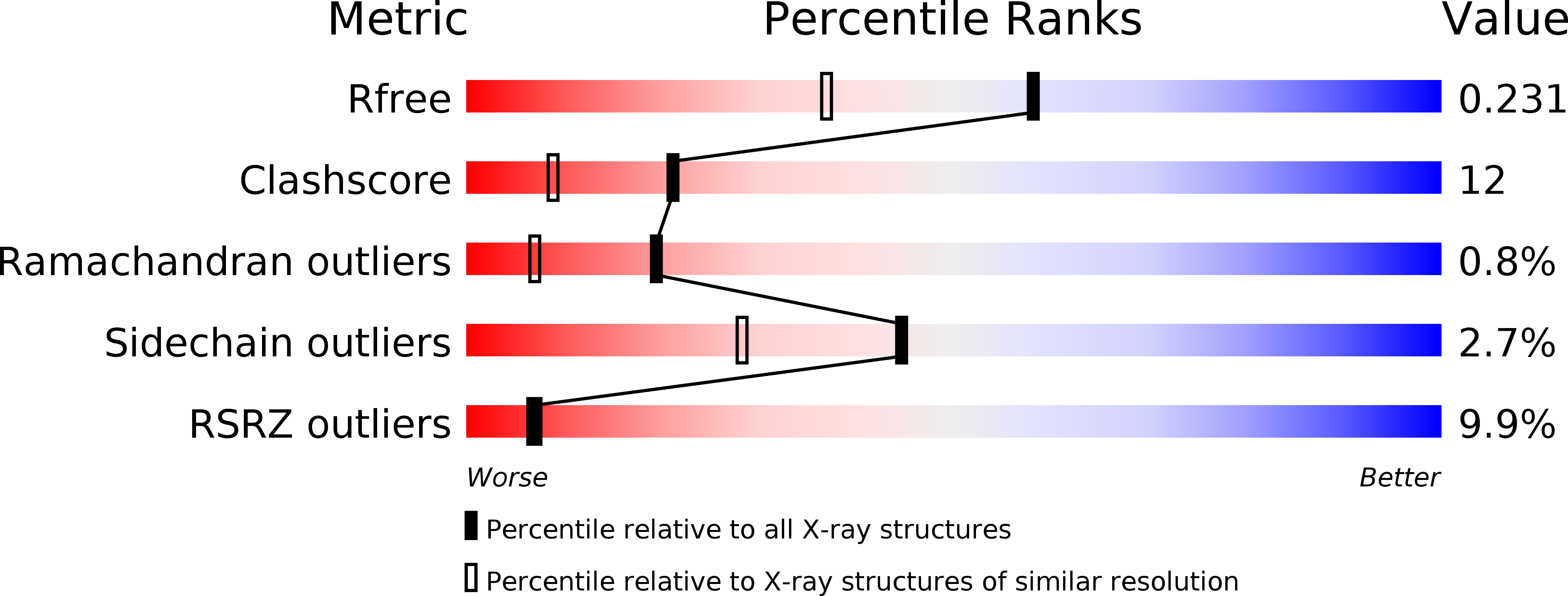
Deposition Date
2005-05-14
Release Date
2006-10-25
Last Version Date
2024-10-23
Method Details:
Experimental Method:
Resolution:
1.78 Å
R-Value Free:
0.23
R-Value Work:
0.22
R-Value Observed:
0.22
Space Group:
P 1 21 1


